– Η γνώση και η κατανόηση της οικονομικής επιστήμης
– Η εφαρμογή της οικονομικής επιστήμης
– Η αποτελεσματική επικοινωνία στο παγκόσμιο οικονομικό περιβάλλον
– Η ανάπτυξη της στρατηγικής και της κριτικής σκέψης και η ικανότητα ανάδειξης και μελέτης ενός οικονομικού ζητήματος
– Συνεπή και συνεκτική γνώση της γλώσσας των οικονομικών επιστημών. Οι φοιτητές θα πρέπει να αποκτήσουν τη δυνατότητα να ορίζουν με σαφήνεια τους συνήθεις όρους και να εξηγούν τις βασικές αρχές και έννοιες τόσο της μίκρο – όσο και της μάκρο – οικονομίας καθώς και τη δυνατότητα να δομήσουν οικονομικά επιχειρήματα κατά τρόπο συνεκτικό και πειστικό (οικονομική ρητορική).
– Ικανότητα επεξήγησης του πώς οι οικονομικοί παράγοντες (ιδιώτες, νοικοκυριά, επιχειρήσεις, κυβερνήσεις, κ.λπ.) λαμβάνουν αποφάσεις και κάνουν επιλογές και ικανότητα επίλυσης προβλημάτων που σχετίζονται με οικονομικές αποφάσεις.
– Ικανότητα επεξήγησης των βασικών λειτουργιών ενός οικονομικού συστήματος.
– Ικανότητα χρήσης οικονομικής συλλογιστικής για τη διαμόρφωση και την αξιολόγηση οικονομικών συμβουλών και πολιτικής.
– Ικανότητα κατανόησης εννοιών της οικονομικής θεωρίας με τη χρήση μαθηματικών και ποσοτικών μεθόδων, μοντελοποίησης συστημάτων με χρήση των μεθόδων αυτών, αποτελεσματικής ανάλυσης και σύνθεσης δεδομένων με απώτερο στόχο την ανάπτυξη διάφορων τρόπων σκέψης (επαγωγικής, παραγωγικής) και την ανάπτυξη στρατηγικών επίλυσης προβλήματος.
– Ικανότητα αποτελεσματικής εφαρμογής οικονομικών λογικών και μεθόδων στη μελέτη συγκεκριμένων θεματικών περιοχών (π.χ. αγορές, δημόσια οικονομικά, περιβάλλον, υγεία, αγορά εργασίας, διεθνές εμπόριο, κ.λπ.)
– Ικανότητα ανάδειξης και διερεύνησης ενός συγκεκριμένου θέματος στα οικονομικά. Αυτό περιλαμβάνει τον προσδιορισμό του, τη γνώση των κατάλληλων μεθόδων εξέτασης και την ικανότητα να εξαχθούν συμπεράσματα
Καθηγητές
Επιλέξτε για να δείτε περισσότερες πληροφορίες για κάθε καθηγητή.
| Όνομα | Τίτλος | |
|---|---|---|
| Γερονικολάου Γεώργιος | Αναπληρωτής Καθηγητής | ggeronik@econ.duth.gr |


